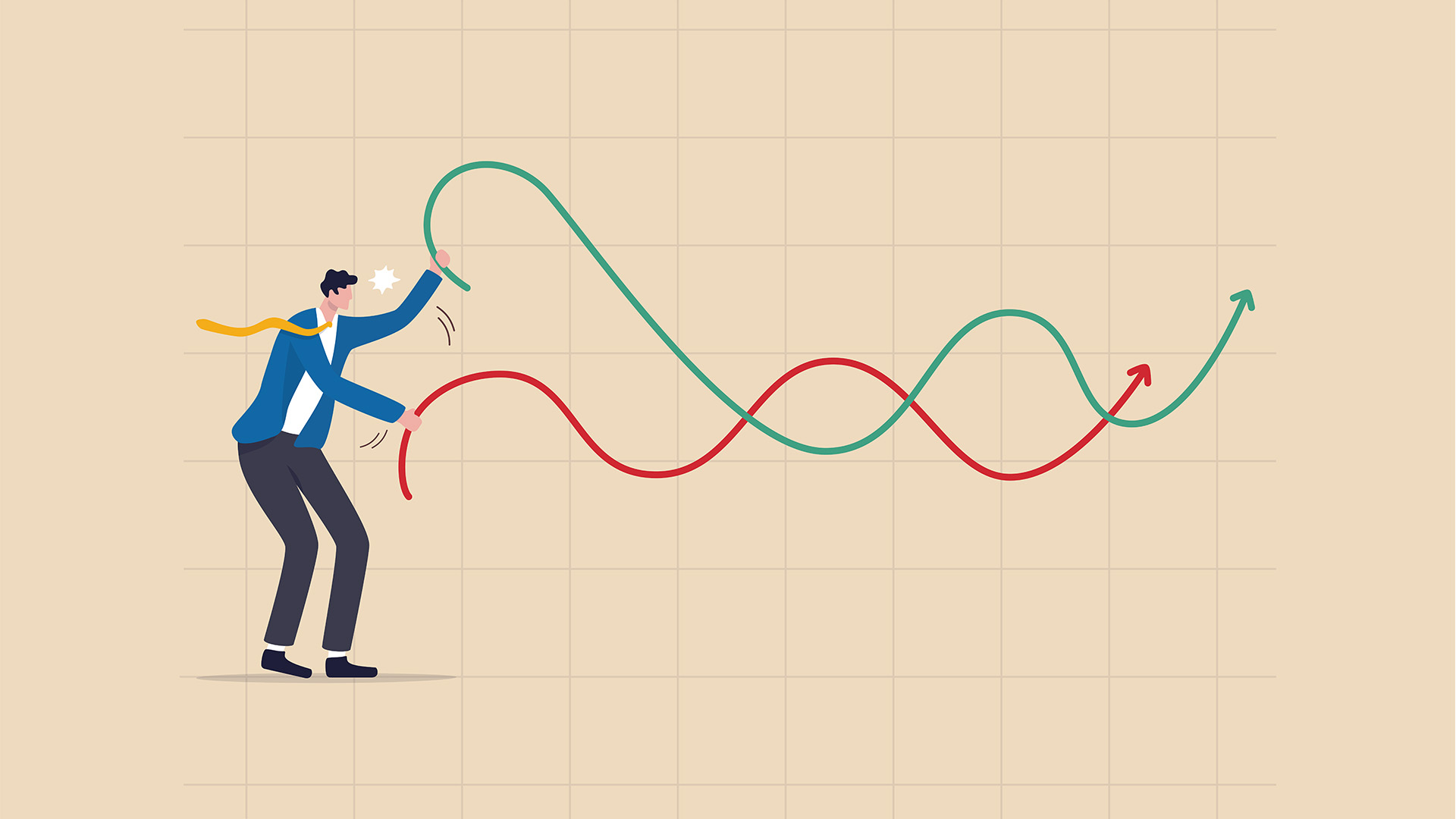While the outcome of this week’s two-day meeting of the Fed will dominate market attention, for Australia there is an important reminder immediately after the Fed’s decision is known about the health of our own economy.
The monthly labour force data for May is out late Thursday morning and will be another important barometer of the local economy’s health and direction.
But for the Reserve Bank it will be just another piece of data as it makes up its mind about how long to keep interest rates at their current record low.
The May employment data to be released Thursday will be watched carefully to see if there is any delayed impact from the end of JobKeeper – but economists expect a 40,000 gain in employment and unemployment remaining at 5.5%, according to the AMP’s chief economist, Shane Oliver in his weekend note.
Eighty minutes before the release of the Labour Force data at 11.30am from the Australian Bureau of Statistics (ABS), Sydney time, RBA Governor Philip Lowe delivers a speech entitled From Recovery to Expansion – at the Australian Farm Institute Conference, Toowoomba in southeast Queensland.
He will be speaking two days after the minutes of the June monetary policy board meeting of the RBA which left rates steady.
Watch for him talking about whether to bank will switch its yield control bond buying from the April 2024 bond to the November 2024 bond – the latter would be an admission that RBA is not happy with the pace of falling unemployment and rising wages.
The betting is that the bank keeps April 2024 as the target.
He will also talk about the bank’s bond buying up of the 10-year maturity – which is helping keep a lid on the value of the Aussie dollar (around the 77 to 78 US cent mark).
There’s also ABS house price data for the March quarter is likely to show a 6% gain in dwelling prices consistent with already released private sector data.
Wednesday sees the final round of the monthly Chinese economic data released for the month of May. There will be updates on industrial production, retail sales and investment.
Dr Oliver says the figures are “likely to show a further loss of momentum, as it (China) settles back to pre-coronavirus growth rates.”
The US week has been covered in a separate report.
Dr Oliver says that on the data front in America we can expect: “solid growth in retail sales ex autos and gas; a solid rise in industrial production; continuing strength in home builder conditions; and a further acceleration in producer price inflation (all Tuesday); and a solid rise in housing starts (Wednesday). June manufacturing conditions indexes for the New York and Philadelphia regions will also be watched closely.”
A trio of earnings from major companies – Oracle, Adobe and supermarket giant Kroger are due to be released this week.
Friday sees the Bank of Japan hold its latest policy meeting – not change is expected. Japanese inflation for May is likely to be weak on Friday.
Central banks in Taiwan and Indonesia also meet. Grappling with Covid in both countries and trying to maintain growth will dominate all three meetings. In Japan the Olympics remain a sore point and a continuing problem.
Thursday also sees the release of first quarter GDP for NZ.
…………
The key point from the US Federal Reserve’s two-day meeting starting tonight will be what the statement says afterwards on inflation, which is undoubtedly the issue du jour.
As well the meeting will see new economic forecasts and the so-called dot plot from Fed members which projects where they see interest rates in the near to medium term future (six months to a couple of years).
Bond yields told the story of what the markets are expecting after US Consumer Price Inflation leapt an annual rate of 5% in May and 3.8% on a core basis – both measures much higher than the 2% target of the US central bank.
The yield on 10-year US Treasury bonds ended the week at 1.45%, down on the previous week’s close of 1.55% and well under the 1.77% peak on March 31. the yield fell under 1.43% in Friday afternoon trading.
That acceptance of the temporary nature of the inflation surge (but not of the rising pace of inflation) whacked gold lower – down more than $US18 an ounce on Friday to a close well under $US1,900 a barrel, and also re-ignited interest in tech stocks which saw Nasdaq jump 1.9% last week but the Dow lose 0.4%.
The Fed views the inflation surge as transitory – as it said in the statement after its latest meeting in April:
“The sectors most adversely affected by the pandemic remain weak but have shown improvement. Inflation has risen, largely reflecting transitory factors,” the key phrase from that statement read.
And traders and economists now support that view:
“(The) Fed will remain accommodative going forward even despite hotter than expected inflation numbers,” said OANDA senior market analyst Edward Moya on Friday in a commentary.
AMP chief economist, Shane Oliver reckons inflation at the moment is being driven by non-core factors:
“We remain of the view that the inflation spike will prove temporary as: high inflation numbers a year ago will drop out of annual calculations; industrial production will pick up in response to the surge in prices thereby boosting supply and depressing prices; consumer spending will gradually rotate back to services and away from goods,”
“…some sectors like traditional retailing, corporate travel and CBD services will see a longer lasting hit to jobs from the pandemic; and in the US the ending of enhanced unemployment benefits in September will push more workers back into the workforce limiting wages growth… In fact, US core inflation may be close to peaking in year-on-year terms as high monthly numbers a year ago will start to drop out in the months ahead,” he wrote on Friday.
“It’s also noteworthy that while producer price inflation has surged in China, Japan and Europe the flow on to the consumer price inflation is proving a lot weaker with all running core inflation below 1% year on year.
Some economists also expect the Fed to give greater weight to the tapering of its support, with a more prominent mention in the post meeting statement:
But next week, we’ll have a slightly less dovish central bank along with the beginning of taper discussion,” said Mr Moya added on Friday.
The Fed will also be updating its economic forecasts during the meeting.
“We will be getting updated forecasts, including the Fed’s ‘dot plot’ chart with markets looking to see if there are any signs of cracks in the Fed’s position that elevated inflation readings will be ‘transitory,'” said ING Chief International Economist James Knightley.
“With headline inflation at a 13 year high and core inflation at a near 30-year high, we suspect they will be a little more balanced on their assessment.”
Fed Chairman Jerome Powell briefs the media after the central bank issues its statement at 2 p.m. ET (4am Sydney time) on Wednesday. He is expected to sound dovish and assure markets the Fed’s policy will remain easy.
Inflation projections in the forecasts will be watched closely. Currently its 2.2% for this year.
Other key data markets this week include US May retail sales data tonight, as well as producer prices and industrial production. There’s housing starts and building permits on Wednesday, as well as Thursday’s jobless claims and Philadelphia Fed Manufacturing Index.













